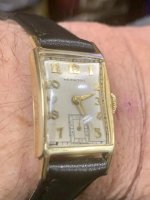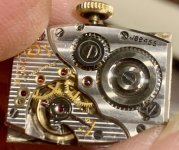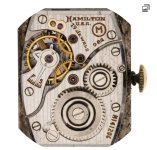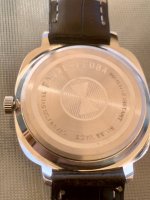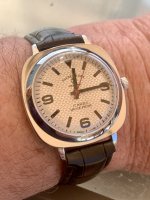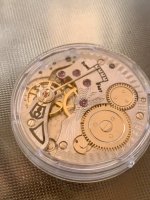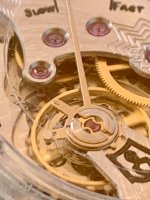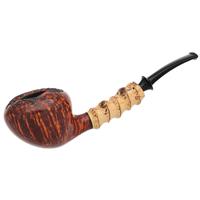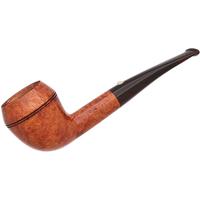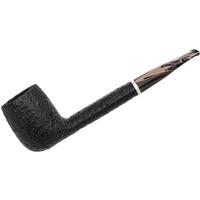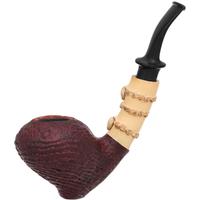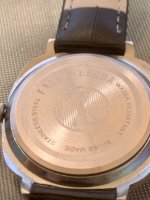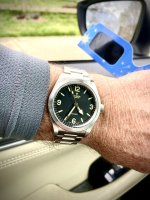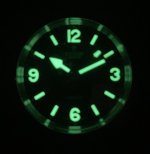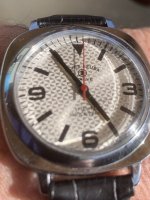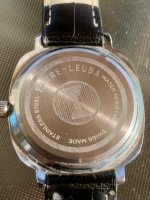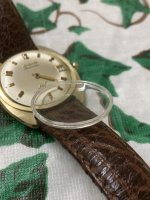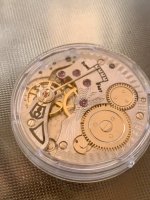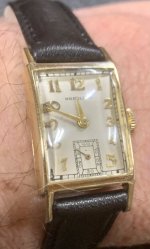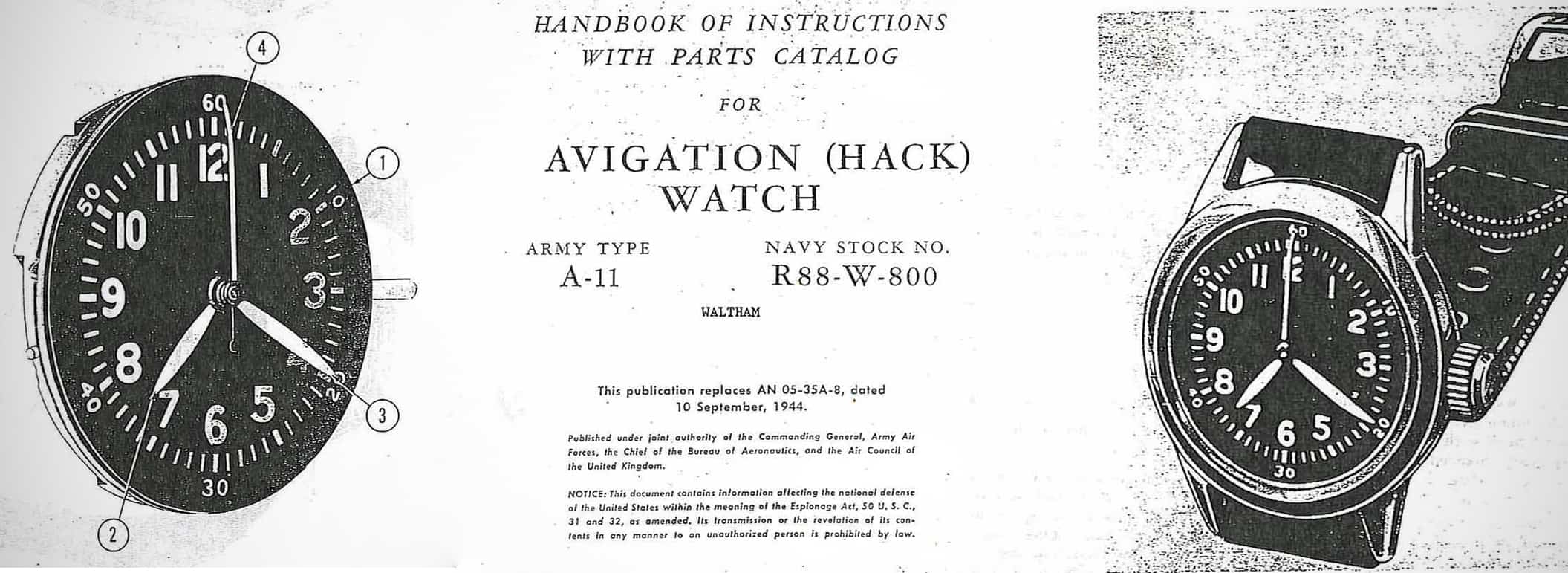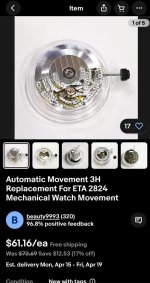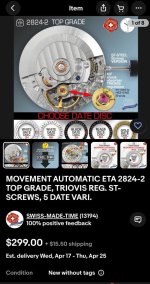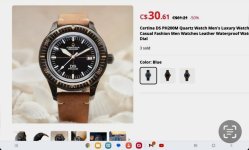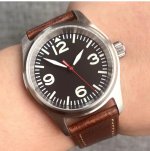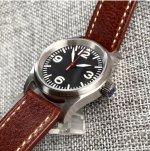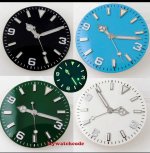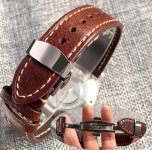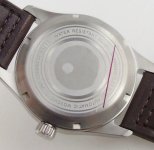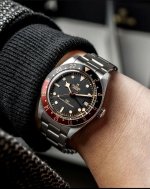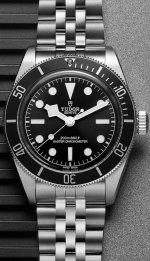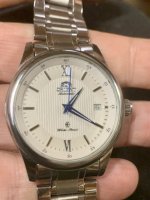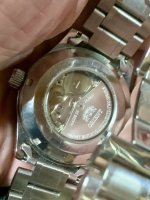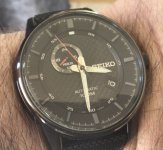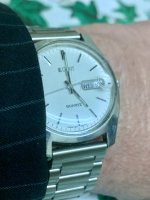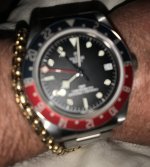TUDOR knocked it out of the park for 2024!
View attachment 302336
GMT “COKE” METAS 39mm
View attachment 302337
Black Bay 41mm on a Jubilee bracelet.
When I was a teenager fifty years ago I lusted after a Tudor Prince advertised in all the outdoors magazines for $175, one year, then $195 the next year, and $215 the next.
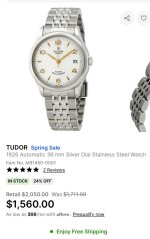
Stainless steel case with a stainless steel bracelet. Fixed stainless steel bezel. Silver dial with gold-tone hands and alternating Arabic numeral and index hour markers. Minute markers around the outer rim. Dial Type: Analog. Date display at the 3 o'clock position. ETA calibre 2824 automatic movement with a 38-hour power reserve. Scratch resistant sapphire crystal. Screw down crown. Solid case back. Round case shape. Case size: 36 mm.
Xxxx
Using $175 and 1974 that watch above should be $1,100, according to the inflation calculators. And the one the teenaged boys all wanted in 1974 had no gold, pure stainless.
Sort of like this:
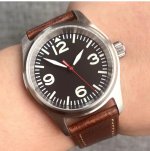
Here’s what has changed the most.
According the the inflation calculators, $50 today was worth a shade under $8 in 1974.
The cheapest pin lever Timex was more than twice $8 then.
Truly good mechanical watches that are truly cheap, have never been cheaper than today.
I own a Hamilton 947 in pristine condition that cost $15 for the movement in 1913. That was Hamilton’s lowest grade watch, and Hamilton in 1913 occupied the same spot Rolex does today in the quality scale, the best mass produced watch in the world.
1913 Advertisement
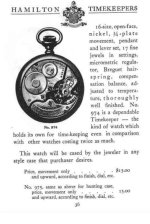
My 947 has a high grade 25 year guarantee gold filled case that likely retailed for $15 making it a $30 watch in 1913.

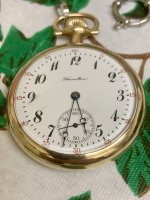
$30 in 1913 would be about $950 today, and you’d need a chain.

My 974 was serial numbered in 1918 and cased in 1921. Because it’s not railroad grade it’s only worth half or less what a 992 grade is worth today, in the same case. This one runs strong and is accurate to a couple seconds a day. But if I carry this one, my real railroad watches don’t get worn.
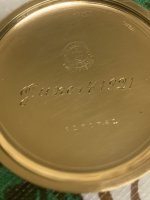
This watch habit I have needs controlled.
For $40 I just bought this modem homage to a Hamilton dress watch from Jomashop. It has a $20 retail Japanese quartz movement, Invicta gets a lot cheaper by the thousands.

The real thing cost $80 in solid gold in 1940, about $1,800 today.
My Brock might be worth $500 or more, if I don’t beat it up.
That’s the real value of a $40 Invicta homage. The new watch uses a mineral glass crystal instead of acrylic, it’s actually sort of water resistant rated at 30 meters, and you don’t worry about knocking it against a door and breaking a balance staff.
1940 Brock with 982M
Not in the slightest water or shock resistant.

